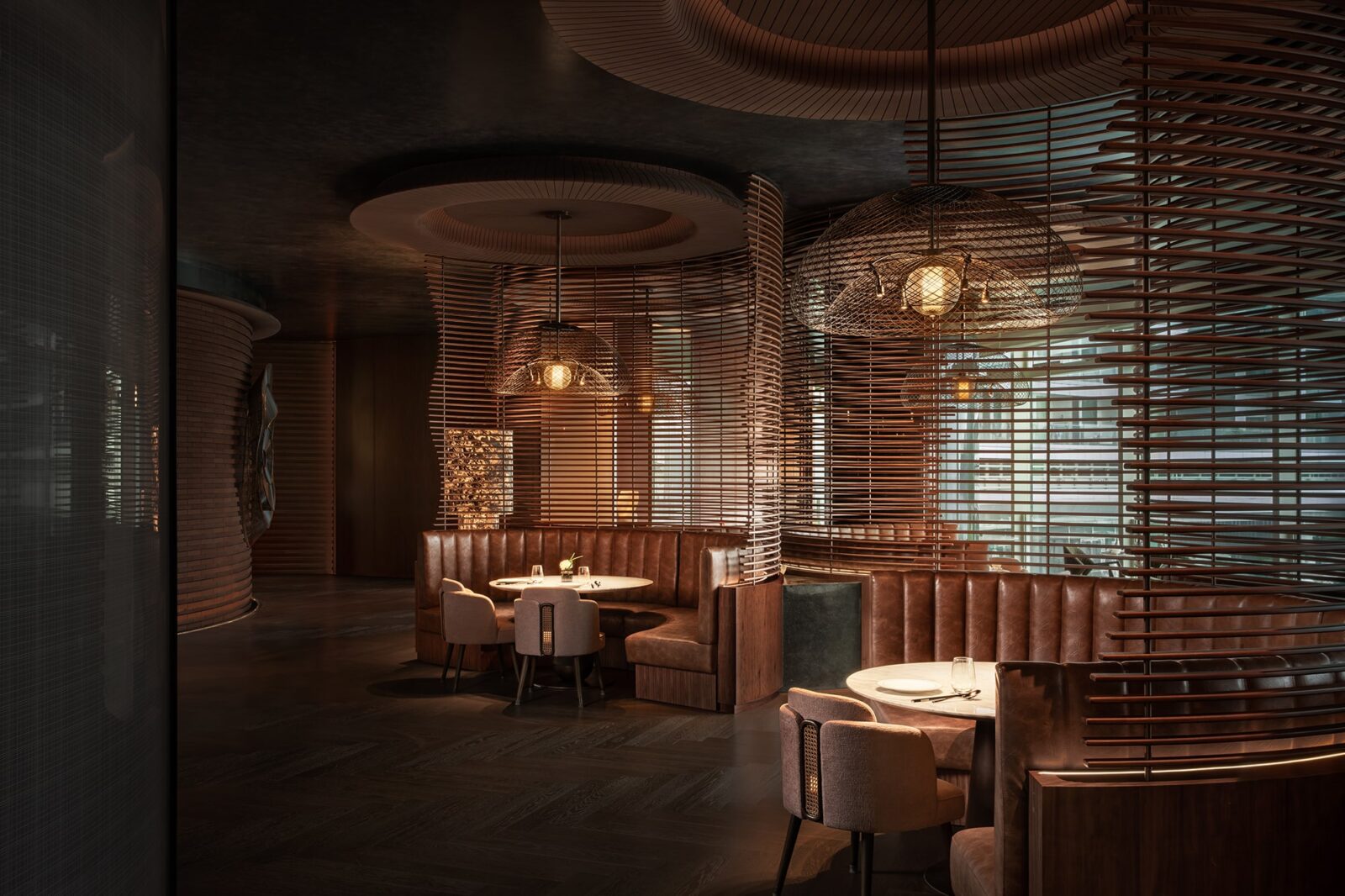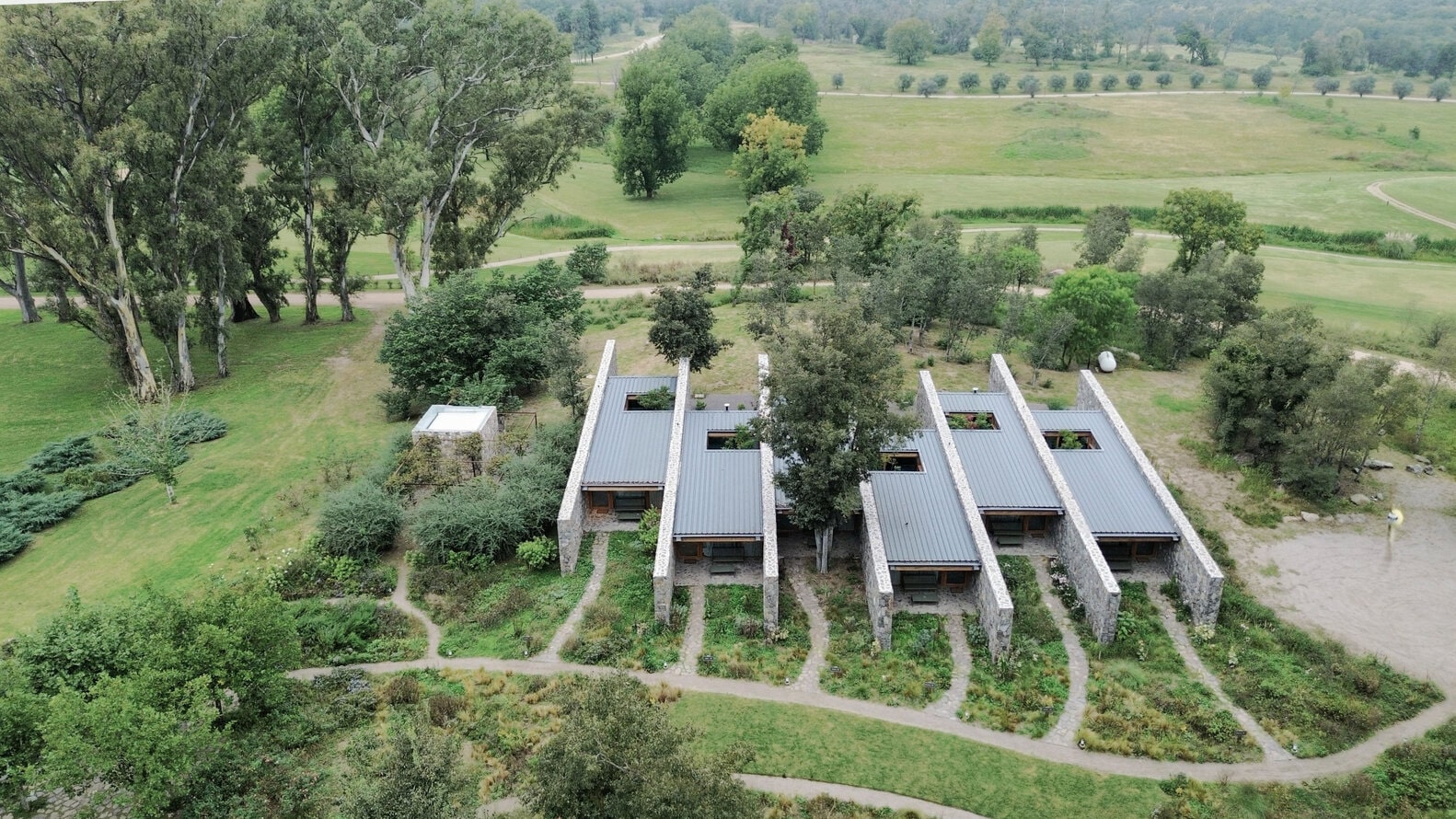- Home
- Articles
- Architectural Portfolio
- Architectral Presentation
- Inspirational Stories
- Architecture News
- Visualization
- BIM Industry
- Facade Design
- Parametric Design
- Career
- Landscape Architecture
- Construction
- Artificial Intelligence
- Sketching
- Design Softwares
- Diagrams
- Writing
- Architectural Tips
- Sustainability
- Courses
- Concept
- Technology
- History & Heritage
- Future of Architecture
- Guides & How-To
- Art & Culture
- Projects
- Interior Design
- Competitions
- Jobs
- Store
- Tools
- More
- Home
- Articles
- Architectural Portfolio
- Architectral Presentation
- Inspirational Stories
- Architecture News
- Visualization
- BIM Industry
- Facade Design
- Parametric Design
- Career
- Landscape Architecture
- Construction
- Artificial Intelligence
- Sketching
- Design Softwares
- Diagrams
- Writing
- Architectural Tips
- Sustainability
- Courses
- Concept
- Technology
- History & Heritage
- Future of Architecture
- Guides & How-To
- Art & Culture
- Projects
- Interior Design
- Competitions
- Jobs
- Store
- Tools
- More

The acquired morphological characteristics of the ruin are different depending on the structural system of the building. The visualization of time can be seen through the signs of decay on the surface. “The decay of the structure is the reclassification of the architectural members. The decay of structure differentiates the architectural ruin from others. It leads to the formation of new spaces, which didn’t exist in the original project. The perceptual qualities of structure, scale, movement, internal-external relations change radically. The ruin is a new architectural work as it causes the body and the spirit to move through its space.”

We leave the signs and the effect of time evident in the building as part of its character, in our effort to continue the process of decay. We experiment with the surface and structure of the building as an object to attribute this new condition to which man is called to re-inhabit. Nature causes decay to a building with patience, in the long run, “eating” small parts of the material where it encounters greater weakness. Conversely, human causes of disaster usually create total and sudden changes. So we, violently and instantly, cut large pieces of the building, removing material with a synthetic logic that highlights an intense plasticity. We remove sculptural pieces from the facades of the building, letting the light, shade, weather and nature penetrate and heckle the architectural conditions.

Having now given the ruin we try to create a sheltered space with micro-shells that fit in it. The new additions create a space with suitable habitation conditions, while the rest of the spaces due to the old openings and the sections leave the process of natural decay to continue. The outer shell of the ruin now works like a perforated shell that comes to accommodate the new additions of the hotel. All of the hotel’s facilities are differentiated from the ruin. A new floor is placed over the existing one and determines the basic movement between rooms and floors. Public programs are housed in the semi-open areas of the ruin and allow free movement on the existing floor.

Each room has its own threshold on the elevated shared hallway.Parts of the new construction frame the worn elements of the building as part of the roof, of the beams and the walls. The new construction does not touch the building’s facade, so the interior with the openings now works like a frame of view, exposing at the same time the wall of the ruin, its worn wall and signs of decay.

The sections degrade the ortho-canon on the facade of the modern building and expose different parts of the interior on each floor. For the outside observer, the cuts break the boundary of the building’s privacy and create new “cracks” for them to look inside. Gordon Matta Clark said that there is a complexity in getting a completely conventional, anonymous building and redefining it by translating it into repeated and multiple readings of the present and the past.With time as a basic factor, we are revitalizing Saladi Beach Hotel.
illustrarch is your daily dose of architecture. Leading community designed for all lovers of illustration and #drawing.
Submit your architectural projects
Follow these steps for submission your project. Submission FormLatest Posts
YongLi Red Tile Plaza by We&Arch
YongLi Red Tile Plaza by We&Arch offers a forest retreat in Chongzhou,...
Kunst Ayutthaya by BodinChapa Architects
Kunst Ayutthaya by BodinChapa Architects transforms a historic townhouse into a multi-use...
MGM Shenzhen by CCD
MGM Shenzhen rises on the former Xiaomeisha Hotel site, blending ocean-inspired design,...
Between Stone Walls Suites by alarciaferrer arquitectos
Between Stone Walls Suites reinterprets rural Córdoba’s stone traditions through seven parallel...


























Leave a comment